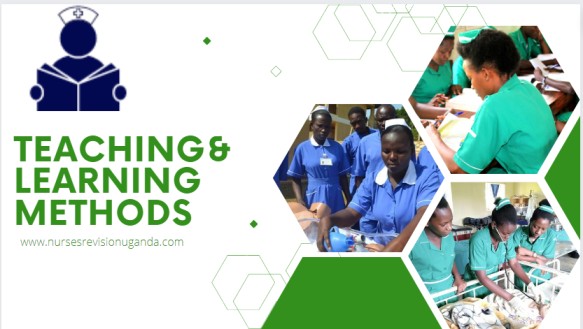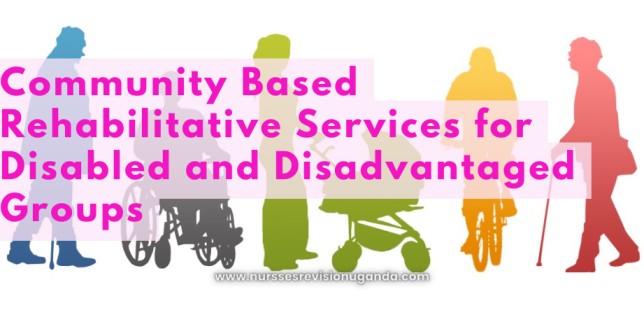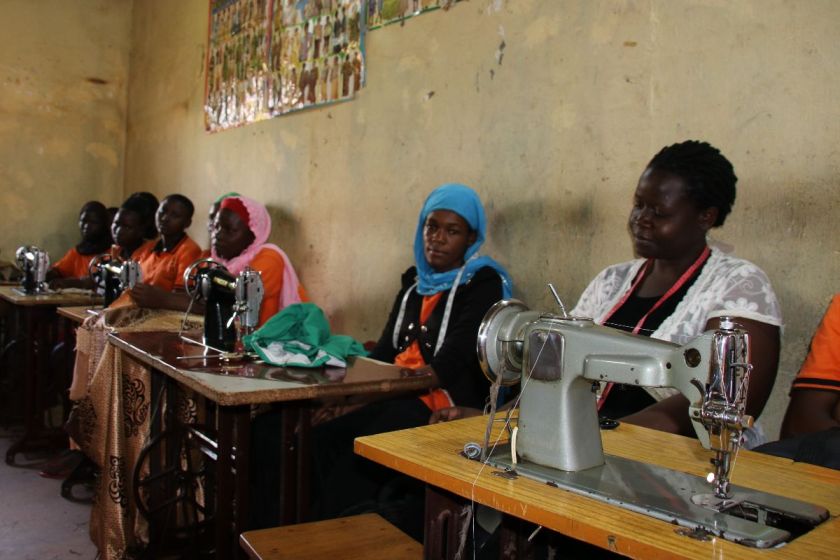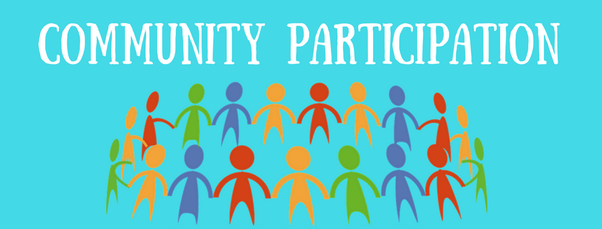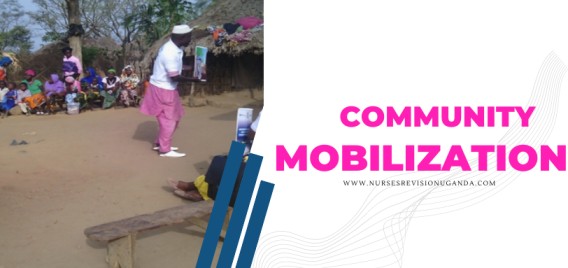Teaching Aids and Technology
Teaching Aids and Technology
Teaching technology refers to all teaching or instructional tools/aids/equipment that make learning more successful and interesting.
Examples of teaching Aids/Technology
| Category | Examples |
|---|---|
| Visual Aids | Charts |
| Posters | |
| Graphs | |
| Diagrams | |
| Maps | |
| Infographics | |
| Illustrations | |
| Visual organizers | |
| Digital Tools | Computers |
| Laptops | |
| Tablets | |
| Smartphones | |
| Interactive whiteboards | |
| Projectors | |
| Educational software | |
| Online learning platforms | |
| Multimedia presentations | |
| Audio Aids | Radios |
| MP3 players | |
| Speakers | |
| Audio recordings | |
| Podcasts | |
| Music | |
| Language learning apps | |
| Print Materials | Textbooks |
| Worksheets | |
| Handouts | |
| Study guides | |
| Reference books | |
| Journals | |
| Newspapers | |
| Magazines | |
| Flashcards | |
| Manipulatives | |
| Postcards | |
| Storybooks | |
| Graphic novels | |
| Brochures | |
| Other | Models |
| Globes | |
| Science kits | |
| Educational games | |
| Virtual reality tools | |
| Augmented reality apps | |
| Microscopes | |
| Telescopes | |
| Calculators | |
| Interactive quizzes | |
| Simulations | |
| Robots | |
| Dictionaries |
Learners remember 10% of what they read, 20% of what they hear, 30% of what they see and 40% of what they do.
Therefore, the teaching tools or technology should be designed and prepared in a way that learners are given an opportunity to have hands-on or practice what they are learning.
TYPES (FORMS) OF TEACHING AIDS/TECHNOLOGY
There are various types or forms of teaching aids/technology that can enhance the learning experience. They can be broadly classified into the following categories:
Visual Aids: Visual aids are teaching tools that can be seen or read by the learners. They help in presenting information in a visual format, making it easier for learners to understand and remember. Examples of visual aids include charts, whiteboards, maps, models, diagrams, graphs, illustrations, infographics, and visual organizers. These aids facilitate better comprehension and retention of information.
Audio Aids: Audio aids are teaching tools that produce sound, which is beneficial for learning. They engage the sense of hearing and can be used to deliver audio-based content or support verbal instructions. Examples of audio aids include headsets, radios, microphones, speakers, audio recordings, podcasts, music, and language learning apps. These aids enable auditory learning and enhance the understanding of concepts through sound.
Audio-Visual Aids: Audio-visual aids are tools that combine both visual and audio elements. They provide a multisensory learning experience by integrating visual presentations with accompanying sound. Examples of audio-visual aids include PowerPoint projectors, videos, smart devices (such as smartphones and tablets), multimedia presentations, and interactive whiteboards. These aids offer a dynamic and engaging approach to teaching, incorporating both sight and sound to reinforce learning.
In addition to these three primary categories, it’s important to note that teachers themselves can be effective teaching tools. They possess the ability to speak, act, dance, and demonstrate various concepts, employing diverse instructional techniques to help learners understand. Their presence and interactive teaching methods contribute significantly to the learning process.
Characteristics of a Good Teaching Aid
A good teaching aid possesses several characteristics that contribute to its effectiveness in enhancing the learning process. Some key characteristics of a good teaching aid are:
Visibility: The teaching aid should be large enough for learners to see clearly. It should be appropriately sized to ensure that all learners can view the content without difficulty, enabling them to grasp the information being presented.
Audibility: The teaching aid should provide clear and audible sound, especially in the case of audio aids. Whether it is a microphone, headset, or audio recording, the sound should be easily heard by all learners, ensuring that they can follow along with the auditory content.
Relevance: The teaching aid should be relevant and appropriate to the content or topic being taught. It should align with the learning objectives and curriculum, reinforcing the concepts being discussed and supporting the overall instructional goals.
Up-to-date and Reliable: A good teaching aid should be up-to-date and modern, incorporating the latest advancements in technology and knowledge. It should be free from technical faults or inaccuracies, ensuring that learners receive accurate and reliable information.
Accuracy: The teaching aid must provide accurate content and information. Whether it is the text on charts, slides, or visuals presented, the information should be factually correct, promoting a solid understanding of the subject matter.
Simplicity and Clarity: A good teaching aid should be simple and easily understood. It should present information in a clear and concise manner, avoiding complexity that may confuse learners. The visual elements, language used, and overall design should be student-friendly and facilitate learning.
Accessibility and Affordability: The teaching aid should be easily accessible by the teacher, without requiring significant financial resources. It should be affordable and readily available, allowing educators to incorporate it into their teaching practices conveniently.
Suitability to Learners’ Mental Ability: The teaching aid should be appropriate to the mental ability and developmental stage of the learners. It should consider the cognitive capacities and age group of the students to ensure that the content and presentation align with their understanding levels.
Reusability: A good teaching aid should be reusable. It should be durable and capable of being used multiple times without significant wear or deterioration. This allows teachers to utilize the aid repeatedly, making it a cost-effective and sustainable educational resource.
Cleanliness: The teaching aid must be kept clean and well-maintained. Regular cleaning and upkeep ensure that the aid remains visually appealing and free from any distractions or obstructions that may hinder the learning experience.
Portability: A good teaching aid should be portable and easy to carry. This enables teachers to use the aid in different teaching environments and facilitates its mobility between classrooms or educational settings.
Motivational and Engaging: The teaching aid should be motivational and interesting to capture learners’ attention and foster their engagement. It should stimulate curiosity, creativity, and active participation, promoting a positive learning atmosphere.
Application of Information Technology in Teaching
Information technology has revolutionized the field of education, offering a lot of opportunities to enhance teaching and learning processes. Here are some key applications of information technology in teaching:
PowerPoint: PowerPoint projectors enable teachers to create visually appealing presentations that can incorporate text, images, and multimedia elements. These presentations make the content more engaging and facilitate better understanding among students.
Zoom Meetings: Zoom is a video conferencing platform that allows teachers and students to connect remotely. It enables virtual classrooms, online discussions, and real-time interactions, making distance learning possible and convenient.
YouTube: YouTube offers a vast repository of educational videos on various topics. Teachers can utilize these videos as supplementary resources to explain complex concepts, provide visual demonstrations, or engage students through interactive content.
WhatsApp: WhatsApp, a popular messaging application, can be utilized as a communication tool in education. Teachers can create groups to share announcements, assignments, and resources, fostering effective communication and collaboration among students.
e-Learning Management System/Moodle: e-Learning management systems like Moodle provide a comprehensive platform for online course delivery and management. Teachers can organize learning materials, create assessments, track student progress, and facilitate interactive discussions within a virtual learning environment.
Online Collaboration Tools: Information technology enables the use of various online collaboration tools such as Google Docs, Microsoft Teams. These tools promote collaborative learning by allowing students to work together on projects, share ideas, and provide feedback in real-time.
Virtual Simulations and Skills Laboratories: Information technology facilitates the use of virtual simulations and skills laboratories, providing students with hands-on learning experiences in subjects such as science, engineering, and medicine. Virtual simulations allow students to conduct experiments and practice skills in a safe and controlled environment.
Online Assessment Tools: With the help of information technology, teachers can utilize online assessment tools to create quizzes, tests, and assignments. These tools streamline the assessment process, provide immediate feedback, and enable teachers to track and analyze students’ performance efficiently.
Educational Apps and Software: There is a wide range of educational apps and software available for different subjects and grade levels. These interactive applications provide personalized learning experiences, adaptive assessments, and interactive tutorials, catering to individual student needs.
Online Resources and Digital Libraries: Information technology provides access to vast online resources and digital libraries. Students can explore e-books, research articles, educational websites, and online databases to gather information and conduct research, expanding their learning beyond traditional textbooks.
Teaching Aids and Technology Read More »


